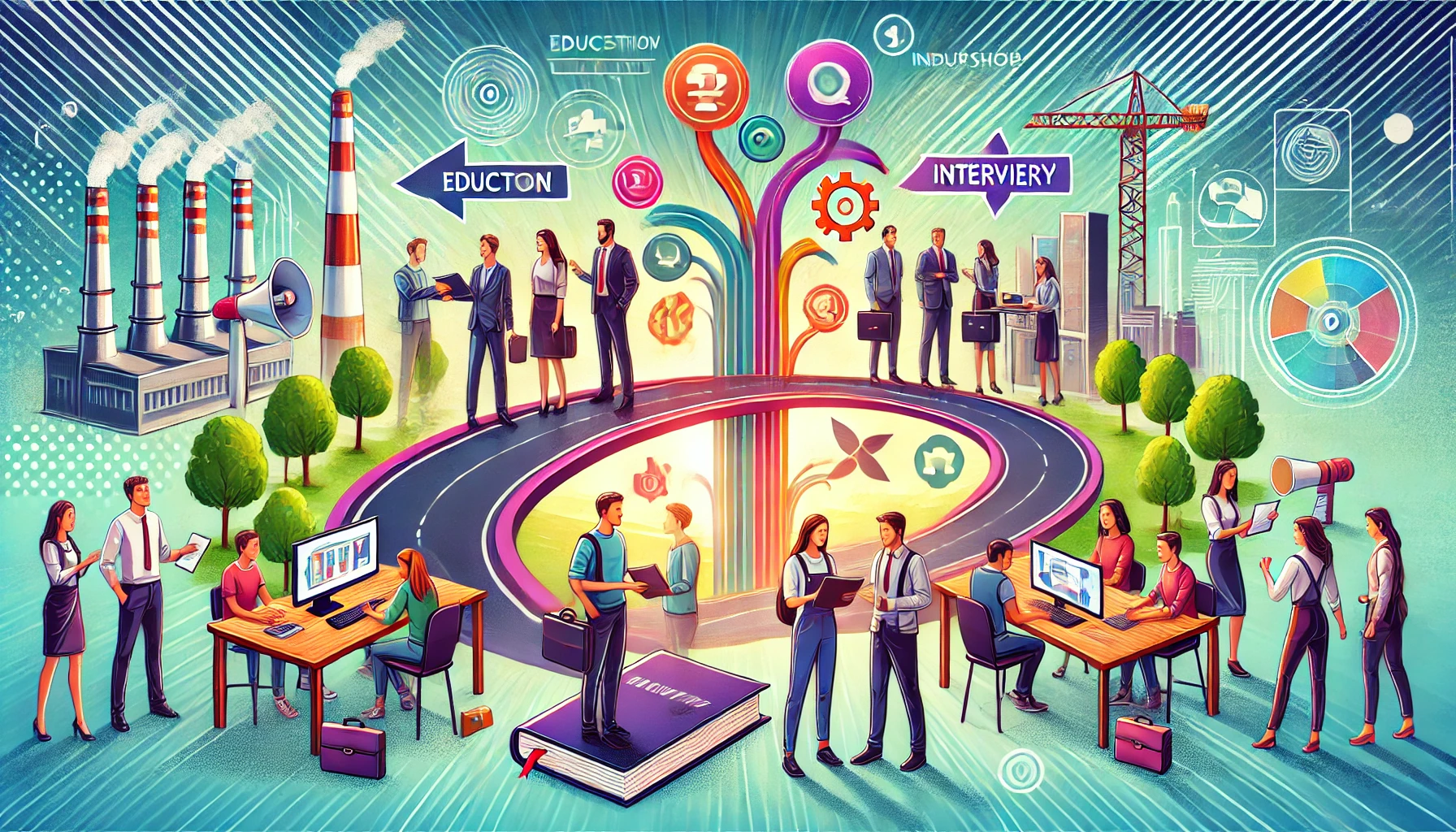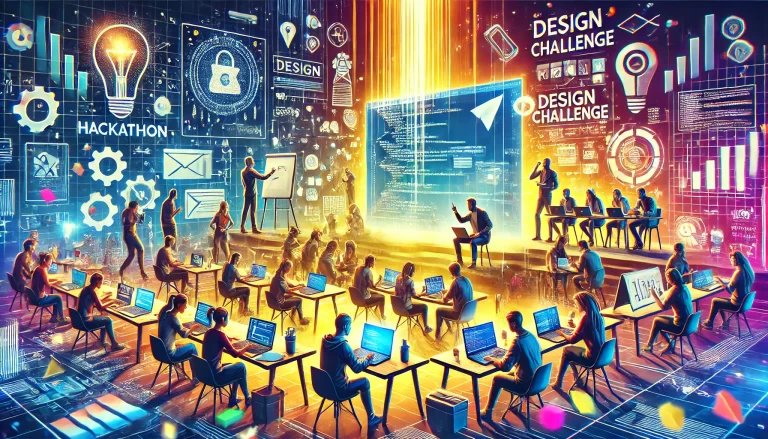How Industry Partnerships Bridge the Gap Between Education and Employment

One of the biggest challenges for students is transitioning from the classroom to the professional world. While academic knowledge is crucial, real-world experience and industry-relevant skills are equally important. Industry partnerships play a key role in bridging this gap, offering students hands-on exposure, mentorship, and career opportunities.
1. The Growing Importance of Industry Collaborations
In today’s competitive job market, theoretical knowledge alone is not enough. Employers seek candidates who have practical experience, problem-solving abilities, and familiarity with industry standards. Universities and institutions recognize this need and are forming partnerships with companies to ensure students are job-ready.
2. Internship and Apprenticeship Programs
Many universities collaborate with industries to offer internships and apprenticeships. These programs provide students with direct exposure to workplace dynamics, giving them an opportunity to apply classroom knowledge in real-world scenarios. Such experiences help students develop professional skills, enhance their resumes, and increase their chances of securing full-time jobs.
3. Real-World Projects and Case Studies
Industry collaborations often bring real-world projects into the curriculum. Working on case studies, company-sponsored projects, or live client briefs allows students to tackle real challenges faced by businesses. These projects help bridge the gap between theoretical concepts and their practical applications.
4. Mentorship and Industry Guidance
Many institutions bring industry experts as mentors, guest lecturers, and career advisors. These professionals provide valuable insights into the evolving trends, skill requirements, and expectations of the industry. Their guidance helps students make informed career decisions and prepare for workplace challenges.
5. Skill Development Through Workshops and Training
Industry-backed workshops, boot camps, and certification programs enhance students’ skill sets. These training sessions introduce students to the latest tools, technologies, and best practices in their respective fields. For example, in design, students might learn about new software, sustainable materials, or emerging design trends.
6. Job Placements and Employment Opportunities
Strong industry partnerships often lead to job placement programs, where companies actively recruit students. Many organizations prefer hiring from institutions they collaborate with, as they are familiar with the training and skill sets of the students. This creates a seamless transition from education to employment.
Conclusion
Industry partnerships are essential in closing the gap between education and employment. By providing real-world experience, mentorship, and job opportunities, these collaborations help students gain the skills and confidence needed to succeed in the professional world. As the workforce evolves, such partnerships will continue to be a critical part of career development for students.






